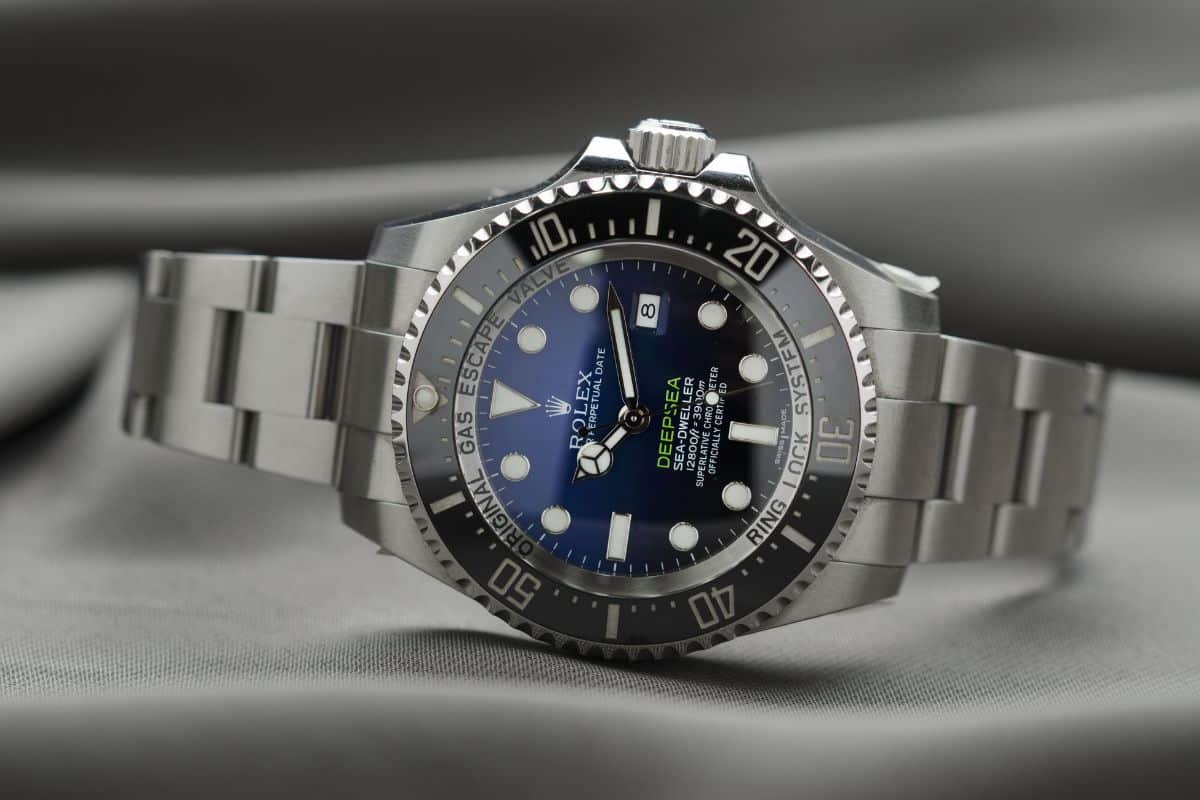Traditional marketing and advertising encompass a variety of channels and tactics, including print advertisements, television and radio commercials, billboards, and direct mail. Historically, these methods have been foundational in building brand awareness, reaching broad audiences, and driving sales. They offer the advantages of a broad reach, the ability to target based on demographics, and the power of repetition, which can reinforce brand messages. However, they often require significant investment and may not provide immediate feedback or detailed analytics on their effectiveness.
Unconventional Success
Several brands have defied the norm by abstaining from traditional marketing:
Krispy Kreme
Net Worth: 1.9 Billion
Krispy Kreme’s marketing strategy leverages the appeal of its product and the in-store experience rather than relying on traditional advertising. The sight and smell of fresh, hot doughnuts, along with an engaging in-store experience, create a memorable brand impression that customers are eager to share. This word-of-mouth promotion, combined with community-focused initiatives and a strong digital presence, has enabled Krispy Kreme to build a loyal customer base and expand its reach without substantial advertising costs.
Costco
Net Worth: 321 Billion
Costco’s marketing strategy thrives on a membership-based model where the value and bulk purchasing options naturally attract and retain customers. They focus on offering high-quality products at low prices, creating inherent value that encourages word-of-mouth promotion among members. Instead of traditional advertising, Costco invests in customer satisfaction and loyalty, leveraging the shopping experience itself to serve as a powerful, self-sustaining marketing tool.
Sriracha
Net Worth: 1 Billion
Sriracha’s marketing strategy relies heavily on its product quality and brand loyalty rather than traditional advertising methods. The hot sauce has gained a cult following through its distinctive taste and versatile use, which encourages consumers to share their experiences and recommendations. This organic word-of-mouth promotion, paired with the brand’s consistent quality and iconic packaging, has allowed Sriracha to become a household name without the need for extensive advertising campaigns.
Lamborghini
Net Worth: 11 Billion
Lamborghini’s marketing strategy is a masterclass in leveraging exclusivity and prestige over traditional advertising. Instead of conventional marketing methods, Lamborghini focuses on creating an aura of desirability through exclusivity. The brand relies heavily on word-of-mouth, event marketing, and maintaining a strong, aspirational brand image. By engaging directly with a niche market of high-net-worth individuals and ensuring its presence in high-profile events and settings, Lamborghini fosters a sense of uniqueness and luxury that appeals directly to its target audience.
Trader Joe’s
Net Worth: 20 Billion
Trader Joe’s marketing strategy is unique and centered around creating a strong brand experience rather than traditional advertising. They focus on offering distinctive products that aren’t available elsewhere, fostering a sense of discovery and loyalty among customers. The stores themselves, with their friendly staff and neighborhood feel, play a crucial role in their marketing, creating a warm and inviting atmosphere that encourages word-of-mouth promotion. This customer-centric approach, combined with their commitment to quality and value, allows Trader Joe’s to attract and retain a dedicated customer base without significant investment in traditional advertising channels.
Rolls Royce
Net Worth: 41 Billion
Rolls Royce’s marketing strategy capitalizes on its reputation for luxury and high quality, focusing more on direct engagement with their wealthy clientele than on broad advertising campaigns. They promote their brand through exclusive events and personalized experiences that resonate with their target market. This direct and refined approach helps Rolls Royce maintain its prestigious image and customer loyalty, relying on the brand’s inherent allure rather than traditional advertising methods.
Tupperware
Net Worth: 69 Million
Tupperware revolutionized direct selling with its Tupperware parties, creating a personal and engaging buying experience that bypasses traditional advertising. This strategy builds community, leverages personal networks, and demonstrates product use in real time, creating a strong brand connection without the need for extensive advertising campaigns. Moreover, Tupperware’s success in making its brand name synonymous with any plastic storage container has only reinforced its market position.
The Current State of Traditional Marketing
While still effective in certain aspects, traditional marketing is facing significant shifts due to the rise of digital platforms and evolving consumer preferences. The digital age has introduced more targeted, interactive, and data-driven marketing strategies, appealing to a more connected and tech-savvy audience. Consumers today seek engagement and personalization, aspects where digital marketing often outshines traditional methods. However, traditional marketing maintains relevance in scenarios where tactile, personal experiences or broad, demographic-based reach are advantageous. Integrating traditional and digital strategies can offer a holistic approach, optimizing the strengths of each to engage consumers effectively across multiple touchpoints.
A Balanced Perspective
While this post highlights businesses thriving without traditional marketing, it’s not an argument against it. Success can come from various strategies, and what works for one business might not suit another. Emerging brands should consider various marketing approaches to discover what best aligns with their goals and audience.
As the marketing landscape evolves, businesses can prosper by leveraging alternative strategies or blending them with traditional methods to create a unique path to success.
Related Articles
Developing Your Digital Marketing Strategy
Marketing,SEO,Business,Digital Marketing,Email Marketing
December 8, 2023
Are you hoping to advance your enterprise? A solid digital marketing strategy is powerful for entrepreneurs and small business owners. But developing…
0 Comments16 Minutes
The Taco Bell Liberty Bell Prank: Viral Marketing Success
Business,Marketing,Digital Marketing,Content Marketing,Advertising,Business Management,Branding,SEO
October 26, 2023
Marketing has always played a crucial role in the success of a business, and with the increasing influence of the internet and social media, viral…
0 Comments8 Minutes
The Secret of Rolex’s Winning Marketing Strategy
Marketing,Social Media,Email Marketing,Digital Marketing,Content Marketing
October 6, 2023
For over a century, Rolex has been renowned for its luxury watches. And its sophisticated marketing strategies have allowed the brand to remain…
0 Comments11 Minutes
The Old Spice Marketing Revamp: A Masterclass in Rebranding
Marketing,Digital Marketing,Content Marketing,Business,Business Management,Branding,SEO
September 26, 2023
Old Spice is a brand that has been synonymous with men's grooming products for decades. However, by the early 2000s, the brand was struggling to…
0 Comments8 Minutes
The Evolution of Product Placement: A Marketing Phenomenon
Marketing,Branding,Advertising,Business,Digital Marketing,Content Marketing,Email Marketing
September 13, 2023
Product placement, the marketing technique of strategically incorporating branded products into various forms of media, has long been an influential…
0 Comments9 Minutes
Burger King’s Whopper Sacrifice: Viral Marketing and Brand Success
Marketing,Branding,Content Marketing,Digital Marketing,Social Media,Business
February 17, 2023
In the world of marketing, standing out from the competition is essential for success. One way to achieve this is through viral marketing stunts,…
0 Comments8 Minutes
12 Signs Your Sales and Marketing Strategy is Failing
Marketing,Digital Marketing,Business Management
September 17, 2019
Did you know that for 89% of marketers, the effectiveness of digital marketing is increasing? This means their strategy is working, but this isn’t…
6 Comments12 Minutes
This Startup Marketing Strategy Will Boost Your Sales
June 17, 2019
Have you ever been shopping for a product or service and found a brand comparing themselves directly to one of their competitors? Perhaps you were…
0 Comments12 Minutes
7 Signs it’s Time to Switch Up Your Sales and Marketing Strategy
May 28, 2019
Watch Our Video 50% of small businesses fail after 5 years. Running a business is tough! To survive and stand out from the crowd, you need to use…
0 Comments7 Minutes









